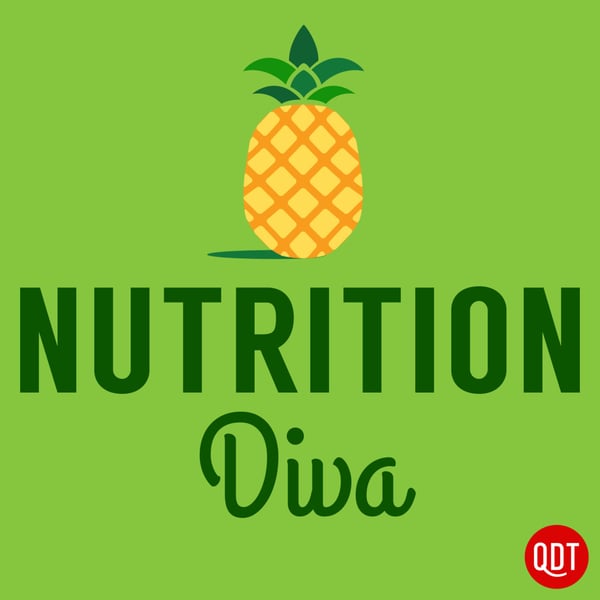How big a problem are microplastics?
Nutrition Diva
Macmillan Holdings, LLC
4.3 • 1.7K Ratings
🗓️ 28 February 2024
⏱️ 9 minutes
🧾️ Download transcript
Summary
Transcript
Click on a timestamp to play from that location
| 0:00.0 | Hello everyone. Welcome to the Nutrition Diva |
| 0:07.3 | podcast, a show that helps you put the latest nutrition news and trends |
| 0:11.8 | into perspective. |
| 0:13.2 | I'm your host, Monica Reinagle, and today I want to talk about microplastics, |
| 0:19.1 | a topic that is causing a lot of concern. |
| 0:22.1 | We'll talk about where these tiny particles are coming from, |
| 0:26.0 | review the potential health concerns, and talk about some practical steps that you can take |
| 0:30.8 | to reduce your exposure, as well as advocate for public action. |
| 0:35.0 | Microplastics and nanoplastics are tiny particles of plastic that may be used as ingredients in personal care products or they can come from larger |
| 0:48.0 | plastic items as they break down. For example, plastic microbeeds are commonly used as expolients in skin care products or even toothpaste. |
| 0:58.0 | Their small size and round shape make them effective in removing dead skin cells or polishing surface |
| 1:05.6 | stains from our teeth. In facial cleansers and soaps, microbeeds are used to help cleanse the |
| 1:11.5 | skin more thoroughly by trapping and removing dirt and oil. |
| 1:15.4 | Products with microbeads often have a pleasing texture and appearance and that appeals |
| 1:21.0 | to consumers. The beads can also be formulated in various colors and that can add to the visual |
| 1:26.7 | attractiveness of these products. Unfortunately, these microbeeds have had unintended consequences. Being non-biodegradable substances, |
| 1:38.0 | these microbeats can pass through water treatment plants and end up in rivers, lakes and oceans. |
| 1:46.0 | Aquatic organisms can mistake these microbeads for food and once ingested, the |
| 1:51.6 | beads can cause them physical harm and then potentially enter the food chain |
| 1:56.8 | affecting larger animals and possibly humans. |
| 2:00.0 | Micro beads and other primary sources of microplastics account for almost a third of the microplastics in the environment. |
| 2:09.0 | The rest comes from so-called secondary sources, plastic bottles, containers, bags, and packaging materials that leech plastic into the environment as they break down, |
... |
Please login to see the full transcript.
Disclaimer: The podcast and artwork embedded on this page are from Macmillan Holdings, LLC, and are the property of its owner and not affiliated with or endorsed by Tapesearch.
Generated transcripts are the property of Macmillan Holdings, LLC and are distributed freely under the Fair Use doctrine. Transcripts generated by Tapesearch are not guaranteed to be accurate.
Copyright © Tapesearch 2025.

